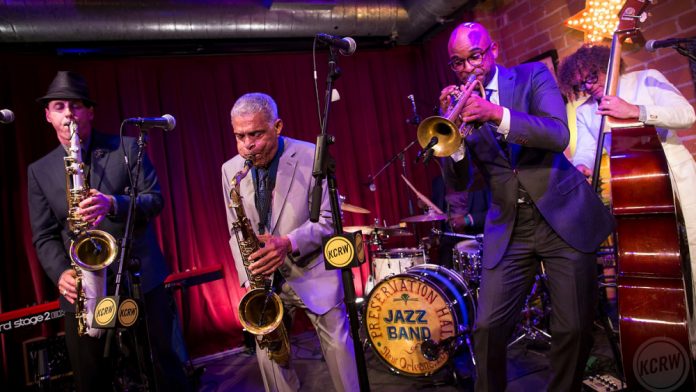Modern jazz bands come in many different sizes and styles. Each variation is dependent on several factors, the most important being the type of music being played and the venue in which the performance takes place. Smaller jazz bands called combos are more common in night clubs, jazz clubs, and other similarly confined spaces.
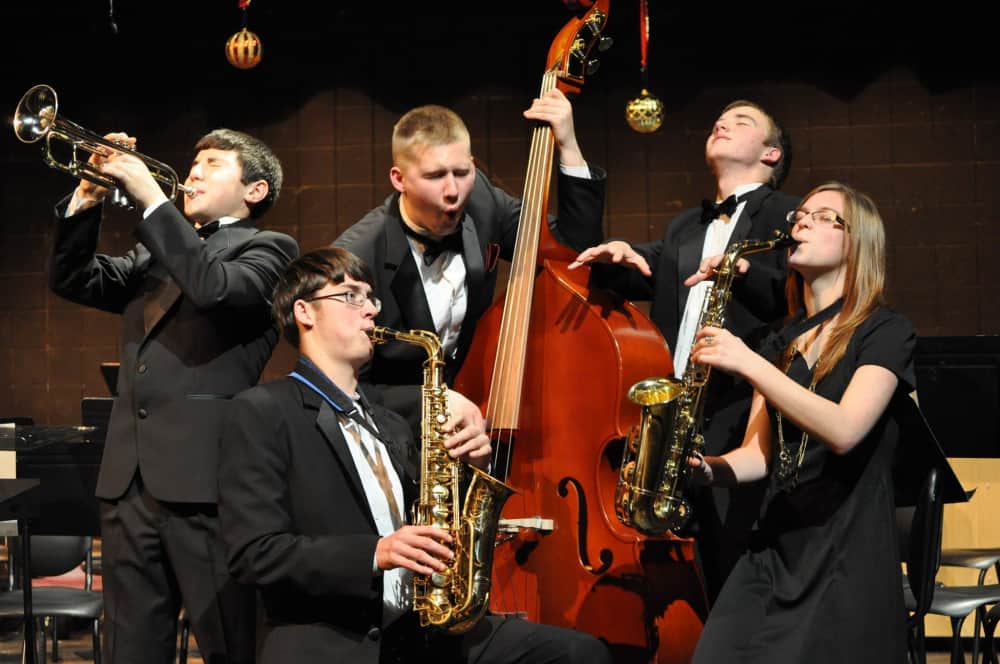
Larger full size jazz bands are more common in larger venues and in traditional dance hall style gatherings. Again, the question of what defines a jazz band depends largely on where and what the group is playing.
Combo Groups
The smaller jazz band combo groups are often made up of 3 to 4 musicians. An acoustic bass player is almost always present in such a group, but the remaining members can be in almost any combination. A bass, sax, and piano trio might work well with some small jazz bands. In others, the bass, a trumpet, and a drum set player may be used.
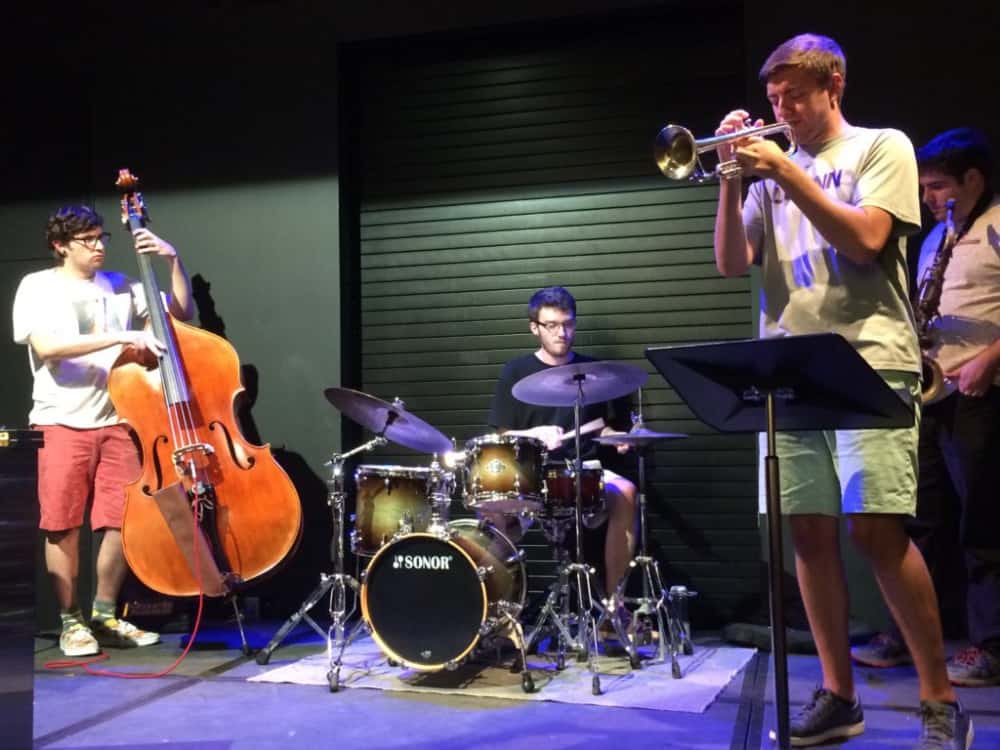
The beauty of such small jazz band ensembles is that the musicians tend to do almost all of their music from memory, improvising their rhythms and melodies on the spot. When the musicians of a jazz combo work well together and are sufficiently talented they can perform an entire evening’s show and have it never be exactly the same on any 2 nights.
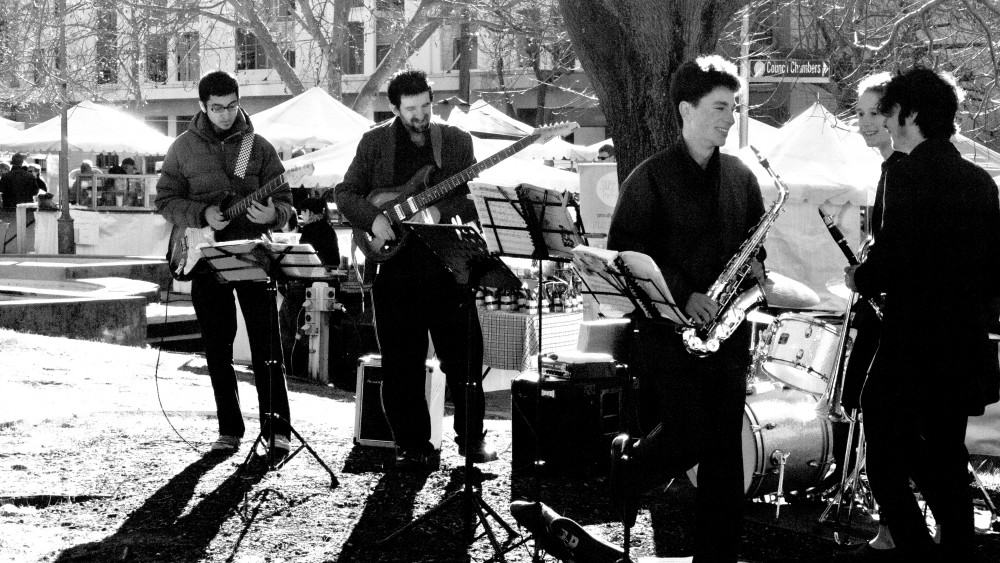
Other musicians may often “sit in” on the performance, adding their improvised melodies to the music, creating even more variations to the size and makeup of the jazz band combo.
Big Bands
Although there are other variations on the jazz band combo instrumentation the more widely recognized jazz band ensemble is the full big band style jazz band. Made up of a much larger contingent of musicians, the traditional big band is made up of up to 5 saxophones (2 alto saxes, 2 tenor saxes, and a baritone sax), 4 or 5 trombones (one of which is often a bass trombone), and 4 or 5 trumpets.
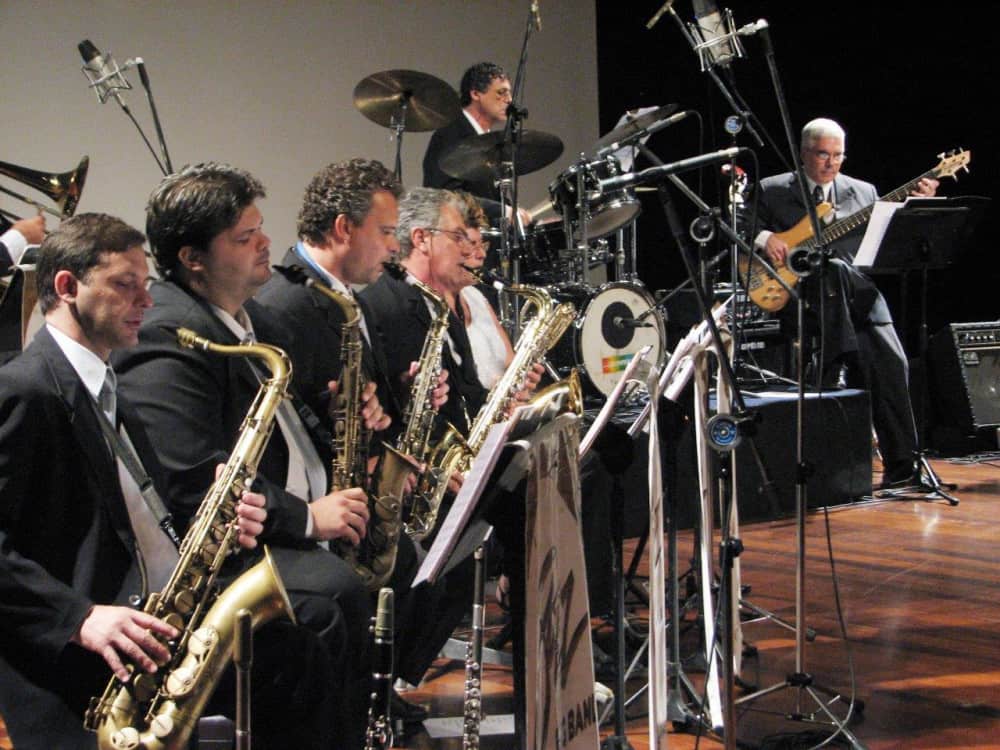
Complimenting the brass and woodwinds is a rhythm section consisting of a drum set player, pianist, acoustic or electric bass player, and an acoustic or electric guitar player. As with the jazz combo, the instrumentation of a full-size jazz band may vary based on the music. Many of the early jazz bands employed clarinetists instead of the full contingent of saxes.
Variety
The many different variations of jazz band styles and instrumentations is one of the many things that makes jazz band music so exciting and fun to listen to. No other mainstream music form is so dependent on improvisation and personal interpretation.
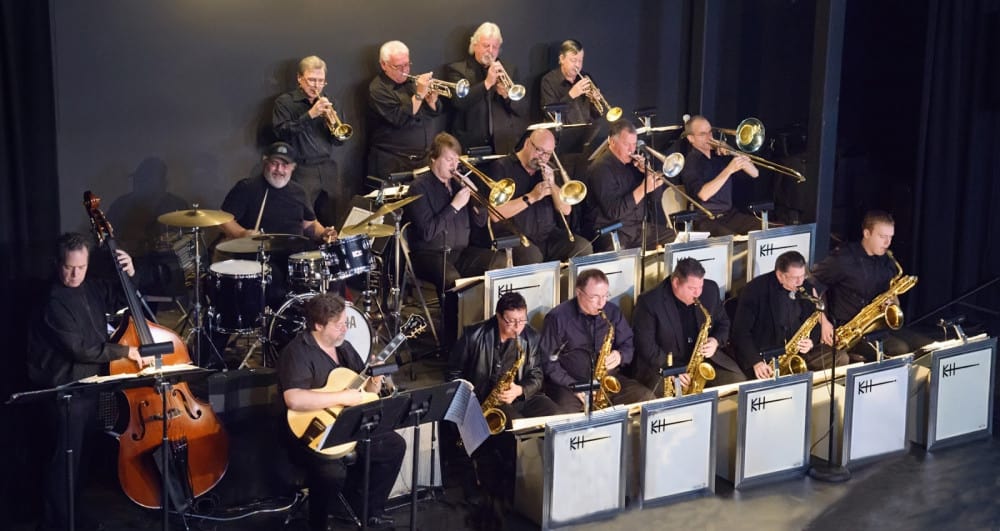
That simple distinction is what has helped make jazz band music become an integrated part of music education programs in all 50 states and around the world.


